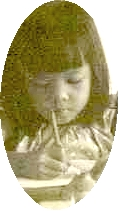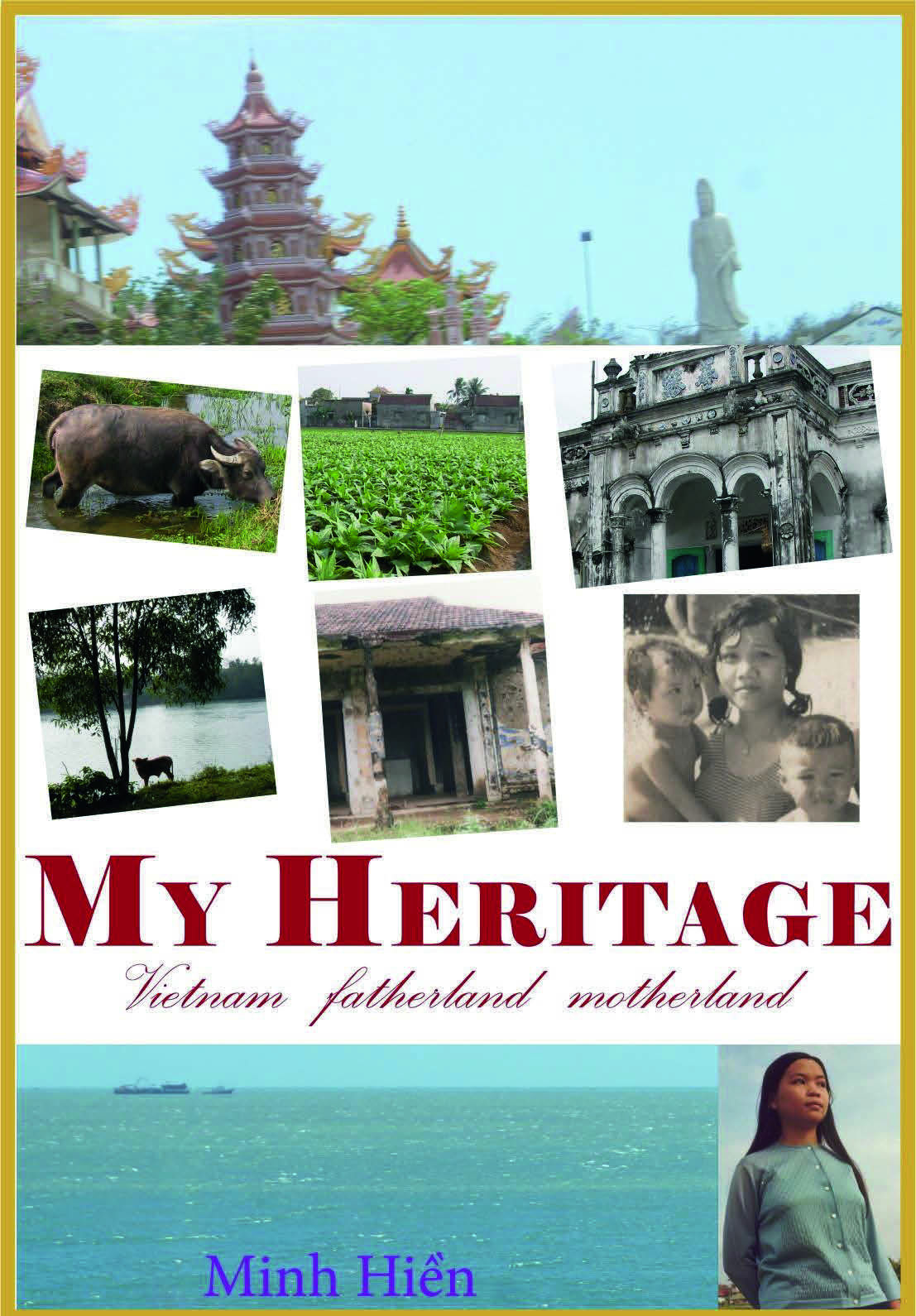Foreword
In the beginning, My Heritage describes a scene: while young Papa and his friend, Chiểu, practising their French lessons, they heard the beat of the drum, a warning that there was a thief. Chiểu joined the adults to catch the thief. As the procession approached the thief, an unexpected event happened - a flash followed by a thunderous noise.
That thunderous noise was the herald of an unfolding drama that was already in play - the old world order was crumbling down.
My Heritage relates events as they happened without interpreting them. The book points out to the days when there were infrastructure in place to reward the obedient and punish the offender of the tradition and customs: the extended family structure, the family and village elders, the social order and the literature, the role of elder sister and brother, and the responsibilities of younger members of the family. The book lists the examples of dealing with a thief, by naming and shaming the offender in front of all village elders in order to protect the society; it demonstrates existence of a rich culture and customs developed to help villagers to survive the hardship of toil and harvest, either by helping each other in building dykes to stop water flooding the farms and houses, or harvesting crop, or looking forward to ably planned and well executed festivities and cultural activities; writers such as Nguyễn Đình Chiểu who not only wrote Lục Vân Tiên, but lived as an example. My Heritage relates emotional events such as a chance meeting and brief friendship in a café in Hà Nội which many years later greatly assisted Papa.
Editor Catherine Hammond, BS in Education (Boston); MA in English Literature and Writing (Boston); MPh in Philosophy (Fordham, New York), made poignant comments which are worth quoting at length:
Neither understating nor over-dramatising the events of one family’s life in Vietnam before, during and after the War and the Fall of Saigon, the author makes no pretence of looking in depth of the wider political or historical factors; her intention is to relate through hundreds of small details what life was like for her and her family... It gives the reader an unforgettable insight into daily life, into the strong web of relationships and friendships that forms the framework of one girl’s story and of her country’s strength.
The detail is amazing and it lets the reader experience through each of the senses the sights, sounds, and even foods of Hien’s homeland.
By following her father’s life as a boy, a student, a teacher and, above all, as a husband and father, the narrative takes us into the villages and schools, the markets and families of a bygone era, documenting for posterity what it was like to grow up in a Vietnamese-French milieu, seeped in the language and literature of a glorious past.
The place and role of women in Vietnam is accurately portrayed through Hien’s memories of her strong yet tender mother, whose delicate care matched her ceaseless labours to help provide for her family through her dressmaking skills. We also form a picture of women’s position through the countless anecdotes about her relatives, neighbours, friends, and employees.
The horrors of the War, its aftermath, the subsequent lack of freedom and the loss of all once held dear -- these form the matrix out of which the family’s dangerous escape is narrated. Yet through all the fear and constant tension, the inherent strength and love of Hien’s parents and siblings shine forth. It is hard to put the book down as the net tightens around the boys and the father bargains for their escape with everything he has earned in a lifetime.
The memoir is colourful, logical in its telling, inspiring without trying to be, and leaves a deep impression.
My Heritage not only demonstrates the futility of the War, prospect of killing one’s own brother and son, but highlights graphically the losses suffered by holding to old values and customs, no matter how great they once were. It leaves an observant reader with many questions to reflect on culture, customs and heritage.
Farshid Anvari
2016

